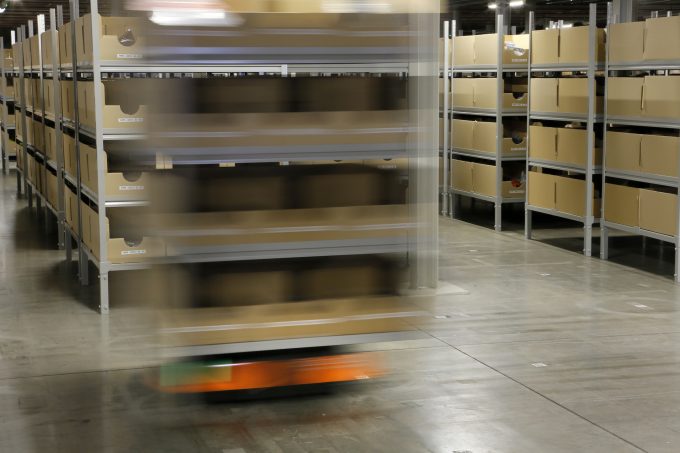UK pauses tariffs on 'everyday' items
Tariffs aren’t just a US thing. The UK – in a move which repudiates the ...

UK chancellor Rishi Sunak’s Budget announcement of a capital allowance ‘super-deduction’ could be a game-changer for many warehouse owners and operators.
The super-deduction, which will apply for two years, allows firms to claim 130% of their expenditure on approved plant and machinery against their tax liability.
There ...

Comment on this article